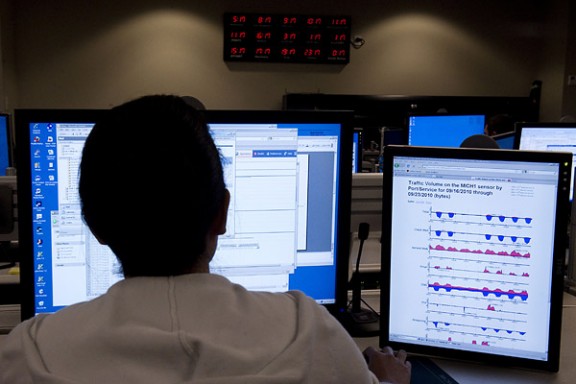
November 2012
Recent maritime territory disputes and piracy problems have caused numerous countries in the Pacific region to seek equipment for advances intelligence, surveillance and reconnaissance.
China has been involved with disputes over islands with Japan, and maritime-border disputes with Vietnam and the Philippines, among others. Additionally, piracy in the Strait of Malacca and elsewhere amongst the archipelago nations has greatly increased the need for countries to know what is going on.
After recently granting patrol boats the right to board and impound ships deemed to be acting illegally in their territorial waters, many countries feel the need to closely observe maritime activity in the South China Sea (known as the West Philippine Sea to the Philippines).
Orders for equipment include maritime aircraft, unmanned aerial vehicles (drones), advanced locating systems for ships, coastal surveillance systems and anti-submarine warfare systems. Maritime security authorities are hoping to use these devices to classify observed activity. It is crucial to determine whether a vessel is involved in illicit activity such as piracy, illegal fishing or contraband-trafficking; whether it is conducting legitimate business such as fishing, recreation or trade; or whether it is a hostile foreign vessel violating sovereignty.
Between China and Vietnam, China and the Philippines, China and Japan, and Japan and South Korea, there are plenty of disputes where each side wants to closely watch their counterpart. Japan in particular is making intelligence, surveillance and reconnaissance (ISR) a priority. In its upcoming defense budget, Japan is making the shift to putting ISR atop its funding wish-list.
The military has requested funding for two P-1 maritime patrol vessels, as well as funding to upgrade computer equipment on their fleet of E-767 Airborne Warning and Control System aircraft.
Further south, Taiwan is making similar moves. The small island nation is seeking ISR aircraft and unmanned aerial vehicles to patrol smaller islands they control, as well as maritime borders. A senior official also said that Taiwan is looking in the use of aerostats, lighter-than-air aircrafts that use their free-floating abilities for ISR. Taiwan also expressed the desire for bolster ISR to help with potential disaster-relief efforts.
Moving back north, South Korea has recently expressed immense interest in the UAV industry. With the unique to the region challenge of keeping a close eye on the ever-belligerent North Korea, the country has determined drones to be key in this effort. South Korea is working jointly with the United States to develop their own drone models, but is also highly interested in purchasing the RQ-4 Global Hawk from Northrop Grumman. This advanced UAV would serve as a key part of the developing ballistic missile defense to be used as a shield against attacks from the North.
While the mounting tensions in the region are concerning, it is encouraging that countries are seeking to get ahead in ISR rather than developing battle-ready capabilities. In the end, it may be these new ISR capabilities that prevent a misunderstanding from creating an incident that further escalates tensions.